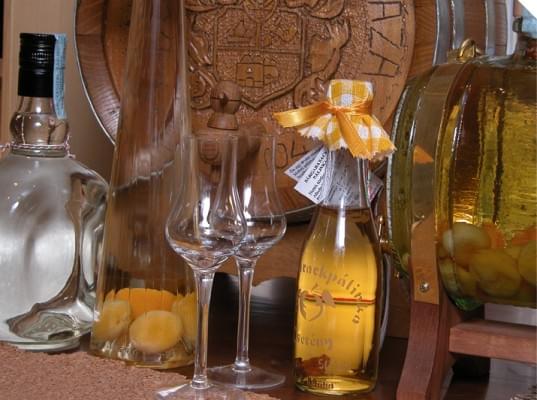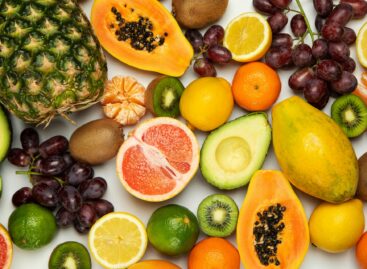It doesn’t disappear, it just transforms!
A study by NRC, conducted in August 2012 with 1,000 participants from the 18-49 age group, revealed lots of interesting facts about pálinka. Only 3 percent said they consume alcoholic drinks every day, nearly one quarter said they do it weekly and the majority drink alcoholic beverages once a month or even less often.
Only 6 percent of participants said they drink spirits weekly, but among spirits pálinka is the most popular by far, followed by bitters. It hasn’t always been so: it was in 2009 that pálinka turned out to be the most popular among 18-39 year old consumers for the first time. Since then it has even managed to increase its advantage. In the recent survey 59 percent of participants said they drink pálinka; although the number of pálinka drinkers is growing, the sum spent on pálinka in shops and bars/clubs is decreasing. In 2007 an 18-39 year old consumer spent more than HUF 8,000 on pálinka in shops and more than HUF 10,000 in bars and clubs in one year, in 2012 they only spent HUF 6,500 in shops and HUF 3,500 in bars and clubs! What lies behind this trend? In recent years the proportion of pálinka purchased directly from distillers increased significantly. Nearly one third of pálinka drinkers buy from distillers regularly. Another important factor is that home-distilled pálinkas go around friends and family without money being exchanged at all. These days it is often of higher prestige to give quality home-distilled pálinka as a present than one bought in a shop. Consumption places also contribute to the above trend: 85 percent drink pálinka at friends’ place and 70 percent drink it at home; various events/festivals and bars/club only come after these – favoured by every third pálinka drinker. As regards pálinka’s image, it has been reclassified as a top-quality drink which can only be made from good ingredients. Pálinka has become fashionable too and pálinka consumption is now connected to a certain lifestyle. Pálinka’s popularity keeps growing and consequently it is becoming a universal and a unisex drink. When it comes to buying pálinka in a shop, people make their decision based on quality, fruit variety and price, in this order. These factors are followed by others such as own experiences and friends’ recommendations; products’ design elements hardly play a role in shopping decisions. The most popular pálinkas – in stores and among home-made ones alike – are those which are an experience to consume, have a special flavour and give a sense of quality to those who drink it. Taste-wise plum is the most popular pálinka variety, followed by honey-flavoured pálinka and apricot. As a conclusion we can say that pálinka’s image has improved greatly in the past few years and there are more and more occasions, e.g. festivals, etc. for a cultured way of drinking pálinka.
Related news
Related news
2025 was a black year for the Hungarian food industry: product lines under pressure on multiple fronts
🎧 Hallgasd a cikket: Lejátszás Szünet Folytatás Leállítás Nyelv: Auto…
Read more >The GVH imposed fines of more than 3.7 billion forints on 29 companies in 2025
🎧 Hallgasd a cikket: Lejátszás Szünet Folytatás Leállítás Nyelv: Auto…
Read more >Hungary’s economy in 2025: recovery from slowdown, weaker forint and the increasing importance of corporate strategic decisions 2026 will be a test of resilience
🎧 Hallgasd a cikket: Lejátszás Szünet Folytatás Leállítás Nyelv: Auto…
Read more >




